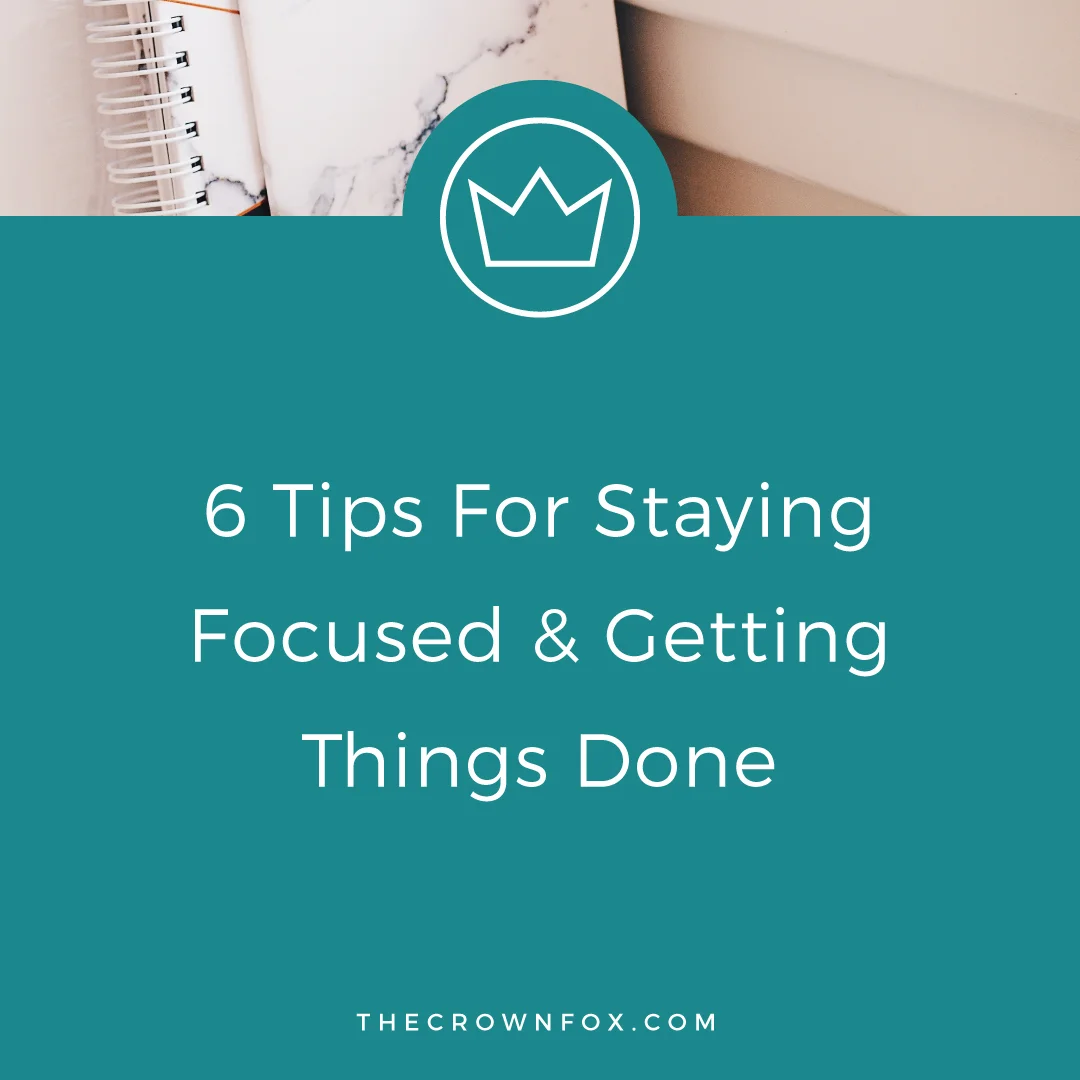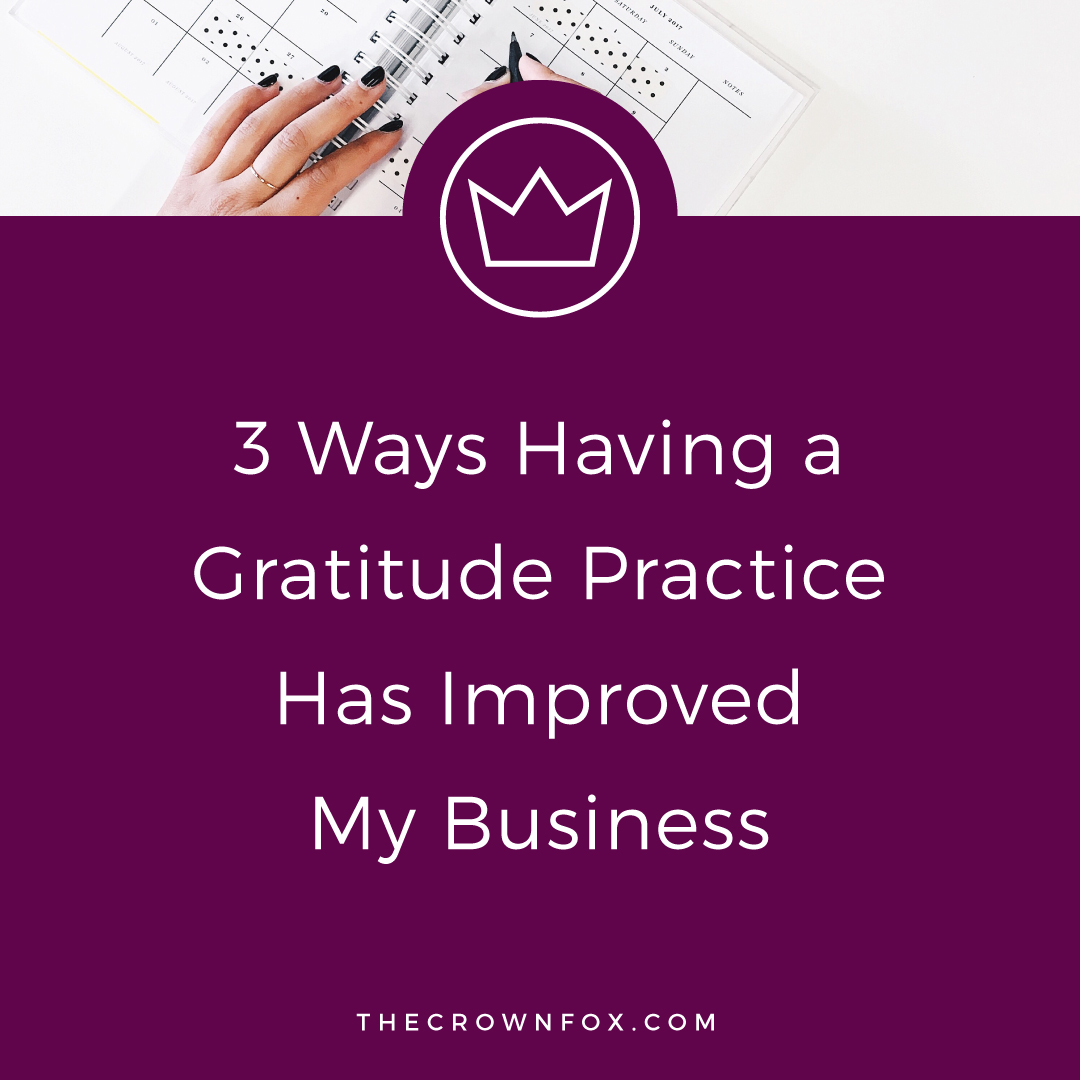I owe most of my business growth to social media. I get new clients, new readers, and new friends through the different platforms and can’t imagine where my blog and business would be if social media didn’t exist. I learn something new about social media every week and am constantly adapting my plan to help my business keep growing. There are five methods, or ideas, that I have found stay consistent across anything I learn, try, or use in my own practice. These ideas are what I use in my own daily social media practice and I thought that today I’d share them with you, so that maybe they could help you and your business, too!
FIGURE OUT THE GOAL FOR EACH CHANNEL
This is, for me, the most important and valuable step. I actually consider this as a part of branding and run through this with my clients. The thing to remember is that Instagram, Facebook, Twitter, Pinterest… they’re all different. They serve different purposes, reach different people, and generate different feedback/interaction. So posting the same things across all of them won’t necessarily work. Instead, I think about what I want to gain from each platform and plan my posting out accordingly.
So, as a visual business, I can use Instagram and Pinterest to generate clients and send people back to my website. Those are two very visual platforms; they depend wholly on pictures. Pinterest, however, has a really crazy intense algorithm and requires a ton of interaction and posting to ‘be seen.’ So I focus Pinterest on just driving traffic to my website, whether it be readers or potential clients. It’s easier to post A LOT on Pinterest and not feel stuck in only posting client work. On Instagram I vary between posting client work and call-to-action posts that talk about working together. I also link to latest blog posts every week and show some behind-the-scenes type images too. With every post I try to ask for interaction, or direct people to a certain link.
For the other channels, I find that Twitter is best for building peer to peer relationships and community, so I focus on sharing other people’s content and thanking them for sharing mine. I’m very active on Twitter and often tell people that’s a great way to get in contact with me, because it’s so quick and simple. Facebook itself, as far as my TheCrownFox page goes, isn’t something I focus on – however, I do focus heavily on Facebook groups. I’m a member of quite a few groups and all of them have helped me with clients, promoting the blog, and establishing myself as a resource (by answering questions). Facebook groups are the one platform that I don’t have a specific purpose for, but instead just try to be very active in every way on there and utilize the opportunities presented (people asking for branding designers, or daily blog posts, etc.). If you aren’t in any Facebook groups I definitely recommend searching for some that relate to your industry, because they are hugely beneficial.
I use Periscope to really build trust and interaction among my audience. I love hopping on there and just chatting and having a quick lesson, and I think it’s a super useful tool to put a face to your brand. Otherwise, I don’t use YouTube often (Yet, but more on that soon!) and I’m not active on LinkedIn. The reason for that is I haven’t found a purpose for those two that grow my business, yet.
DECIDE BEST POSTING TIMES
There are tons of infographics on Pinterest about this. You could also study analytics, use tools (like Iconosquare), or just study the results yourself. I’ve done a combination of reading through infographics and studying the results for myself. So, as far as my schedule goes:
I post to Twitter very often, sometimes up to 10 times a day, sporadically. My thought process behind this comes from studying the results / how I use Twitter. Basically, I don’t really scroll endlessly on Twitter (like I might on Instagram or Pinterest). I maybe scroll down for a few minutes at the most, and my thought it, most people are probably the same. Therefore, posting every few hours is okay because chances are you won’t scroll far enough to see too much of me. I need to be relevant and recent enough that you would see my post in a quick scroll while you’re eating lunch or waiting in the carpool line.
Pinterest, and its crazy smart algorithms, spreads out your posts anyway, so I don’t focus heavily on what time I post. I've got posts going up all the time thanks to Tailwind* For Facebook, I check the group boards throughout the day, but I post to TheCrownFox page daily, in the morning. I came up with that based completely off of when I saw the most interaction happening and the widest reach. It took a little trial and error, but that’s what I’ve come up with working best for my audience.
SCHEDULE TIMES FOR INTERACTING
This is something that has been a big plus for my time management. Left to my own devices (and willpower – or lack thereof) I could sit on social media all day. This is not exactly conducive to actually running a business. So, I’ve incorporated block scheduling into my routine and blocked off times for social media. On Monday I have a larger block so that I can schedule out tweets for the week on Buffer. Otherwise, I give myself about 30 minutes in the morning to hop on and check Facebook groups, pin for about ten minutes, and check through Instagram and Twitter a bit. I have ten-minute blocks throughout the day where I can hop in Twitter or Instagram or Facebook and just do a quick scroll and check if there’s anything important or urgent that I need to interact with or respond too. Then, again, at the end of my day I have another 30-minute block to repeat the tasks from the morning.
I have to schedule these times and treat them as any other task on my to-do list, or I end up spending way too much time on social media. If you don’t already schedule your time for social media, I recommend doing that ASAP!
USE BUFFER + Tailwind
These are two new additions to my process. I came to the realization that the amount of time it would take me to personally do what these two applications do was not a good “bottom line.” It took some convincing, because even though its total cost is less than my daily coffee habit, I still hate spending money. But – the results don’t lie. In just the few short weeks I’ve been using these two programs, my reach and my interaction level has greatly improved. Pinterest is growing exponentially and has quickly become my top referrer thanks to Tailwind*. I’m seriously regretting not using these tools earlier.
MAKE COHESIVE DECISIONS
This is something that is easy to forget when you are pinning or tweeting in bulk. But – your audience is still YOUR audience and you want to make sure that the content you are putting in front of them is relevant. So, it’s really easy to go through and want to retweet every post you see on Twitter, but, I recommend taking pause and making sure it somehow fits your overall message. Same with things you pin, or share on any other platform. Sharing irrelevant information is detracting from your overall message.
I try to share things that are about branding, business, or blogging – same as the content I would share on my own blog. This is what people have come to expect from me, so I would hate for them to go to my Pinterest and only see stuff about how I want to decorate my living room or the food I want to try and cook. I understand, that stuff is important personally too, but I just use a secret board for things that are really unrelated to my business.
I'd love to hear what you've been working on for your social media plan. Let me know in the comments below! I've found these methods work best for me, but like I mentioned before, I am an open book to learning new methods!
*The links for Tailwind are affiliate links - but I wouldn't recommend this program if I wasn't personally using + loving it. Let me know if you have any questions about how to use it!








Hi! I’m Kaitlyn!
I believe that you can create a life and business you love by listening to your own inner guidance system. I think there's plenty of strategies + hacks to learn and a ton of “how to” content you can consume but ultimately you are your best guide, the best guru, the best compass, and the best source of inspiration! I’m here to help you learn to trust that voice inside, step into your incredible power, and create YOUR dream business + life.
Let’s work together!